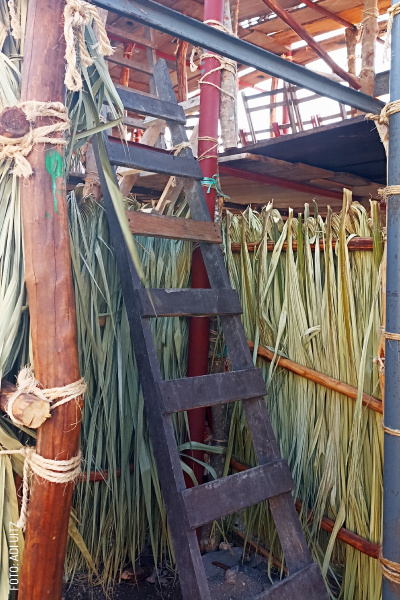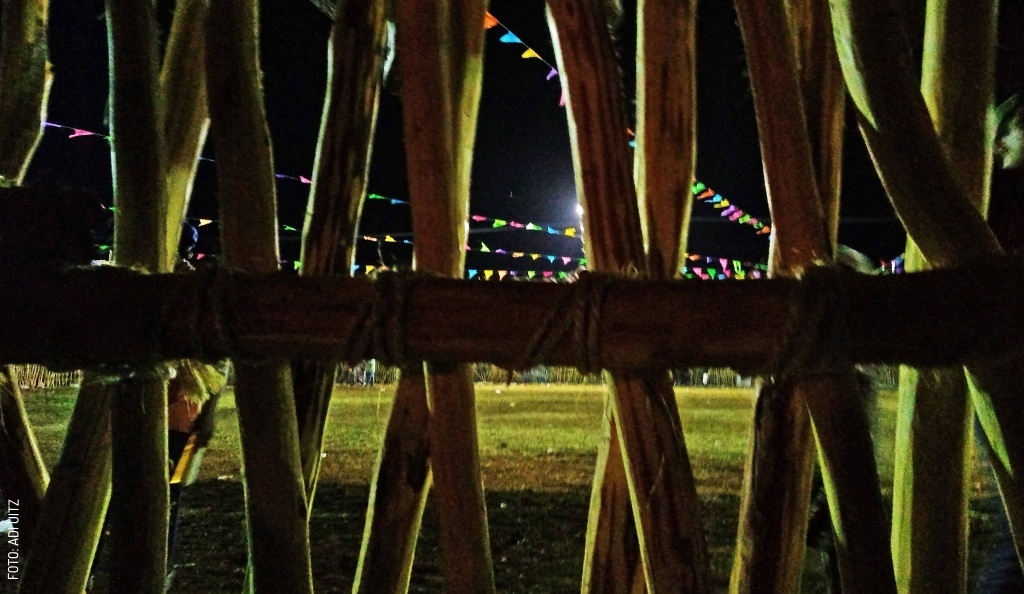
The Handmade Bullrings in Tixkokob, Yucatán
The Handmade Bullrings in Tixkokob, Yucatán
Tixkokob is a municipality located in the western part of Yucatán, 40 minutes from the city of Mérida. This picturesque town is known for many things, but one of its biggest tourist attractions is the traditional festival dedicated to Saint Bernardino of Siena, celebrated on May 20. This celebration is filled with dances, food, and festivities. However, what usually captures the most attention is the construction of the large bullring: a huge wooden, three-story arena that is assembled from scratch every year by local residents.
"We’ve even received visitors from Germany, who were quite amazed," commented Adi Uitz, a teacher and proud resident of Tixkokob. Adi's family has been involved in the construction of these arenas for several decades, and she learned everything about this practice from her father, Don Manuel Uitz.
How an artisanal Coso or bullring is constructed
To understand more about this great example of traditional and ephemeral architecture, Adi explained that the circular area dedicated to bullfighting is called “Ruedo," the artisanal structure is called “Coso," and the sections that make up the Coso are called "Palcos (or boxes)”.
These Palcos consist of three levels. Each can accommodate up to 10 people, with approximately five people on each railing (which is the exposed part of the two upper floors facing inward towards the Ruedo). Therefore, each Palco can hold around 40 people.
This monumental work is the result of a collaborative effort by all the families that make up the Tixkokob Asociación de Palqueros (Box-makers’ Association). Currently, this group consists of 90 members, and they coordinate several weeks in advance to get the Coso ready on time.
How are the boxes of the Tixkokob Fair “tied”?
The act of building the Palcos or boxes is called "tying the Palcos," as only three-strand ropes are used to secure everything. However, this does not mean that the construction is unsafe, as the assembly process is supervised by members of Civil Protection, who ensure that the Coso meets the highest safety standards.
It all begins on the Friday of the second week of May, when all the necessary materials are gathered to build the Palcos. On Saturday, the association members dedicate themselves to digging holes and planting the Parales, which are large metal posts (formerly made of wood) used to support the rest of the structure. But the real magic happens on Sunday. At 5 am, the 90 members of the association, accompanied by up to 10 assistants each, focus solely on building the Palcos. So many people help with the tying that by noon that same day, the Coso structure is completely ready. Each association member is responsible for building a single Palco. Typically, the men of each family handle the tying, while the women bring them food and drinks. By Thursday of the following week, the Coso is covered with Huano palm leaves, and on Friday of the third week of May, the festivities officially begin.
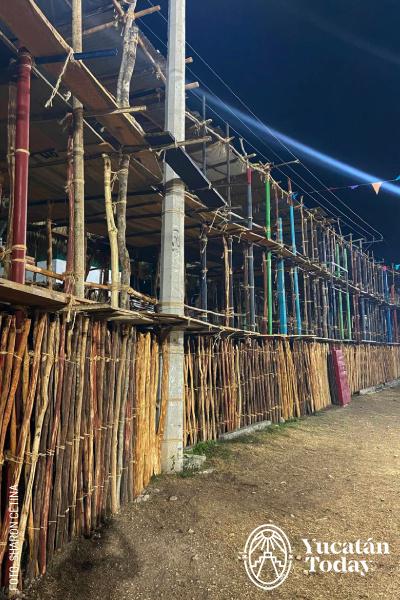
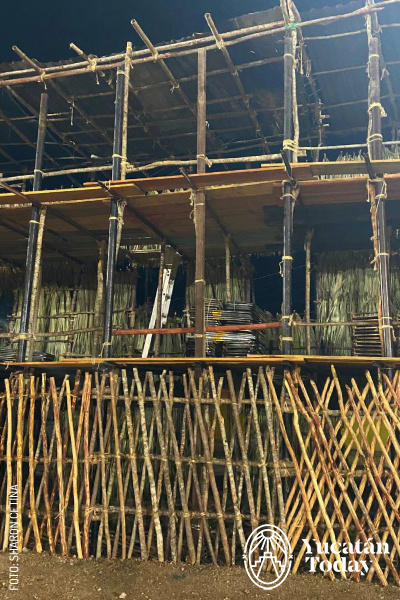
Visiting an artisanal Ruedo in Yucatán
If you're interested in visiting the bullring of Tixkokob but don't want or can't participate in the other activities, we recommend that you go in the morning, before 3 pm, as preparations for the evening festivities start after that time. To gain entry, simply ask around to get in touch with one of the box-making families. There are usually guards and monitors around the venue who can direct you to the right person. The entrance fee for the activities typically ranges from $60 to $120 pesos per person; while you don’t have to pay to visit the ring, tips are welcome and appreciated.
Precautions when visiting a bullring in Yucatán
If you're climbing onto the Palcos for the first time, here are some recommendations:
- Watch your head! The height of the floors is set according to the standard height of Yucatecos. So, if you're relatively tall, you'll need to crouch as you move within.
- Step only in the designated areas and do not hang from any bars.
- If you easily get vertigo, it's better not to go up to the third floor.
We hope that with all this information, you'll be encouraged to visit the Ruedo and experience firsthand all the effort and affection that Yucatecos put into keeping our traditions alive.
We thank Adi from the Uitz Ek family for sharing her knowledge with us.
Photography by Adi Uitz, for its use in Yucatán Today.
First published in Yucatán Today print and digital magazine no. 440, in August 2024.
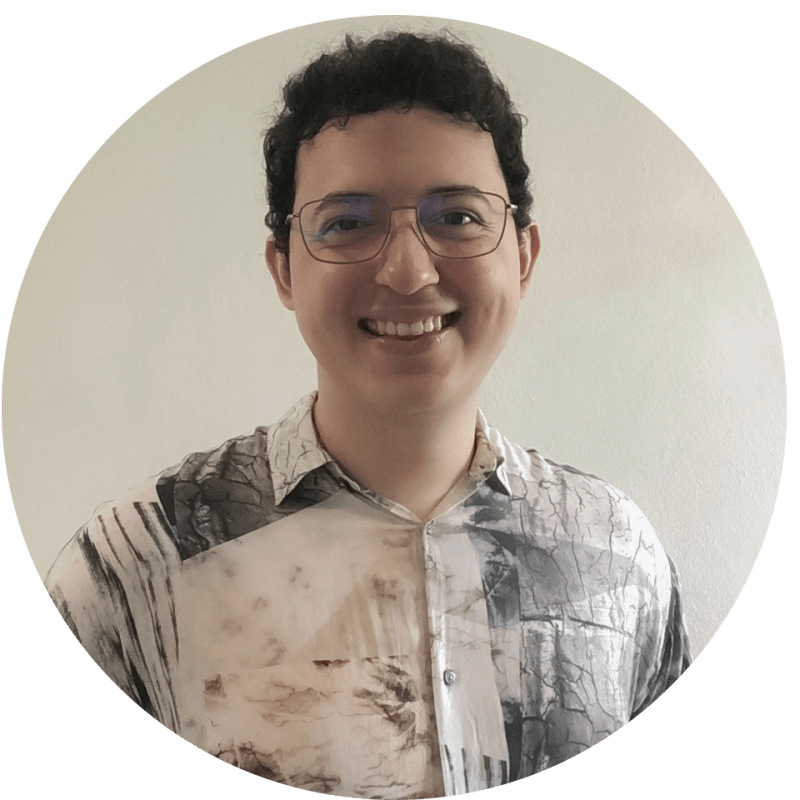
Author: Carlos Argüelles
Fashion designer and cultural agent. Lover of art, history, coffee, and Yucatecan gastronomy.
In love with Yucatán? Get the best of Yucatán Today delivered to your inbox.
Related articles
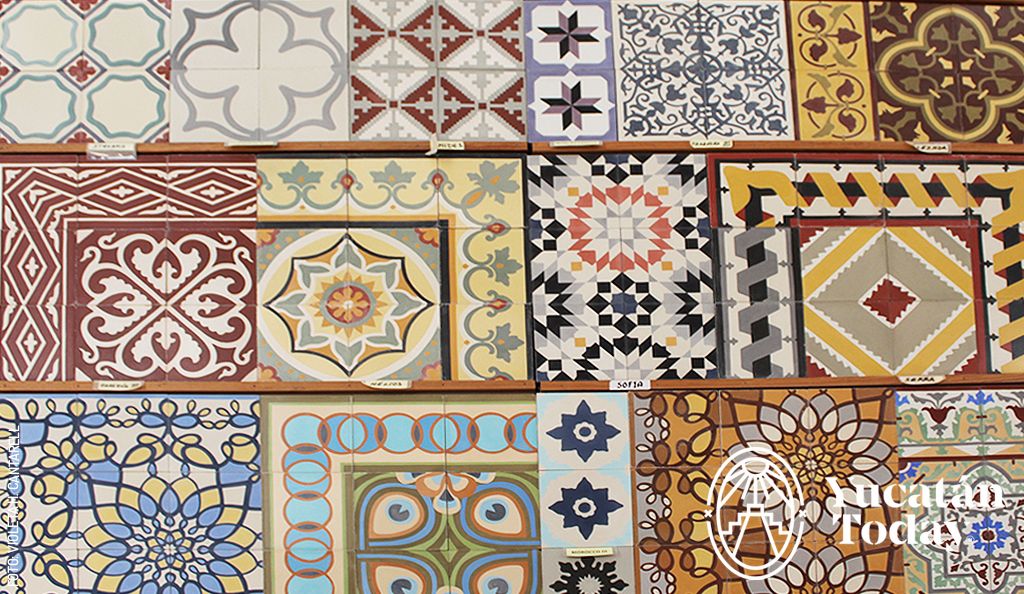
Yucatecan Pasta Tiles: Hand-Crafted Beauty from Yucatán
Discover the beauty of Yucatecan Pasta Tiles, hand-crafted with tradition and passion. Explore the artistry behind these iconic tiles.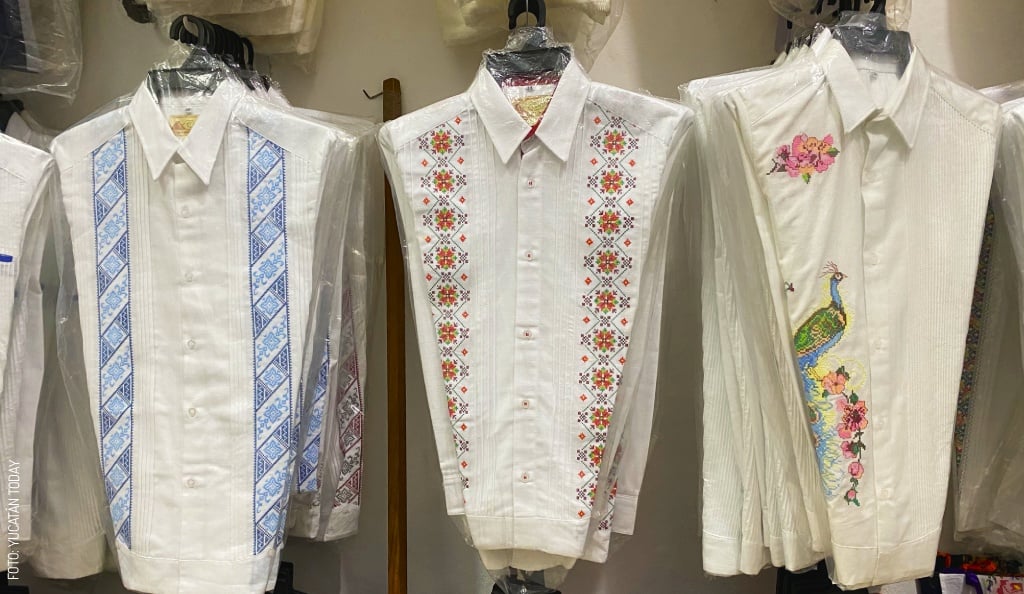
The Guayabera: What It Is, How to Wear It, and How to Buy It
All you need to know about the Guayabera! From its artisanal composition, care, and special occasions to wear it.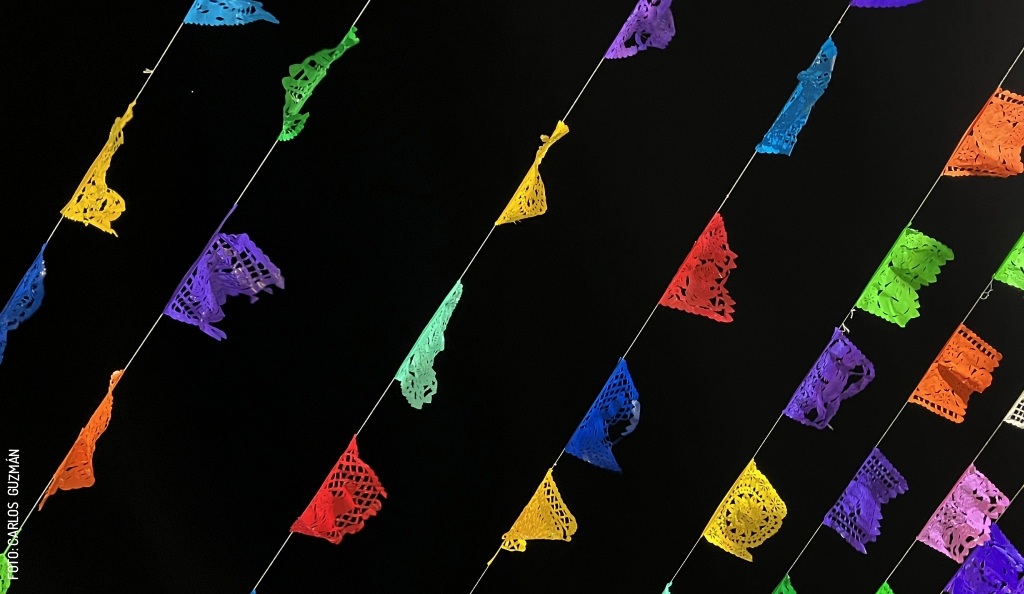



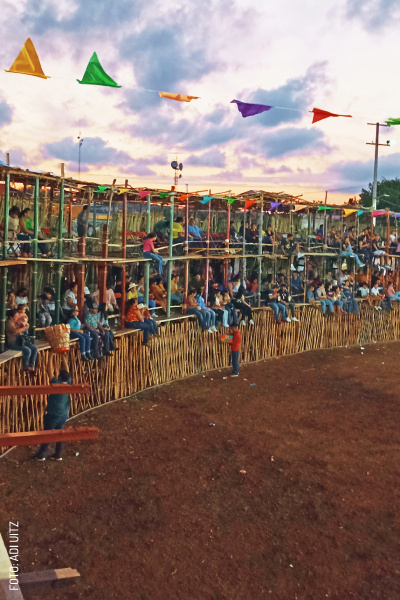
.jpg)
